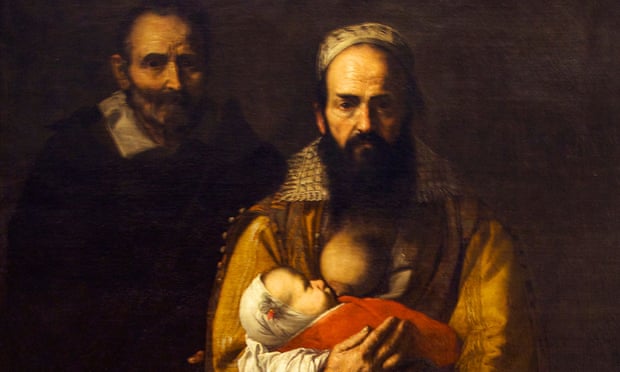
Whilst in Wales for Easter last weekend, I couldn’t resist revisiting Plas Newydd, the home of the celebrated Ladies of Llangollen.
In 1778, Sarah Ponsonby ( 1755-1831) and Lady Eleanor Butler ( 1739-1829) finally managed, after a few unsuccessful attempts, to escape (dressed as men) from their ‘miserable’ domestic (upper class conservative) circumstances. They left Ireland and after some touring settled in the scenic Llangollen area. Their aim was to live in retirement from society, a fashionable ideal promoted by Rousseau and other French natural philosophers in the time. The couple became an added curiosity to the attractions of the area and regularly received celebrity visitors including royalty, artists, writers, politicians and rich industrialists.
Inspired by the romantic and picturesque landscape in which they lived, and taking delight in things more obscure and folkloric, the Ladies set out to ‘gothicize’ their house. Whilst many of their contemporaries replaced the heavily carved oak of past times with more delicate designs, reflecting the elegance of the new Georgian and Regency style, the Ladies gratefully received the discarded woodwork, which arrived by cartloads at their home.
This mass of architectural salvage and dismantled furniture was assembled into a glorious patchwork of richly carved oak, surrounding windows, doorways and fireplaces and enveloping hallway and stairs to an overwhelming sculptural effect.
It was in this wood panelling that I noticed some of the figures simultaneously sporting a moustache and pronounced breasts…the clear sexual identification of the female Caryatides and the male Atlantes, adaptations of classical architectural features popular in 16thcentury woodwork, seemed to have unravelled and fused here.
This reminded me of the painting by Neapolitan artist Jusepe de Ribera, depicting local celebrity Magdalena Ventura, also known as La mujer Barbuda (the bearded woman), breastfeeding her baby (1631).
Ventura crossed gender boundaries and defied norms. We might hail her as an advocate of gender fluidity, but in those days she must have been more of a freak, judged and ridiculed, at best a curious anomaly at odds with the idealized image of the lactating Virgin. But instead of being depicted as a monstrosity, like the bearded ladies in Victorian freak shows, Ribera paints her as a strong human being and gives her a tender dignity. The artist paints what he sees without judgement ; a mother who happens to have a beard. She is unique, aren’t we all?
Harmaan Kaur is a modern day Ventura, holding the world record as the youngest woman to have a full beard.After enduring years of bullying, Kaur has turned herself into a body confidence advocate, model and Instagram star, upending gender norms and beauty standards as she goes. At 12 she had been diagnosed with polycystic ovaries, causing thick facial hair. After years of torturous waxing and threading in beauty parlours, she decided at 16 and at her lowest point, to embrace her facial hair.
Amongst the abundance of stereotypical female breasts in the Ladies’ woodcarvings, which come in all kind of curious shapes and forms, I most enjoyed the ones where convention was challenged, where liberated from gendered expectations, I could just enjoy what was there.
The Ladies themselves challenged convention and left everyone guessing regarding the nature of their ‘friendship’, was it platonic or were they lovers? Does it matter? What matters is that they followed their own dreams and determined their own lives!
Anna Versteeg

